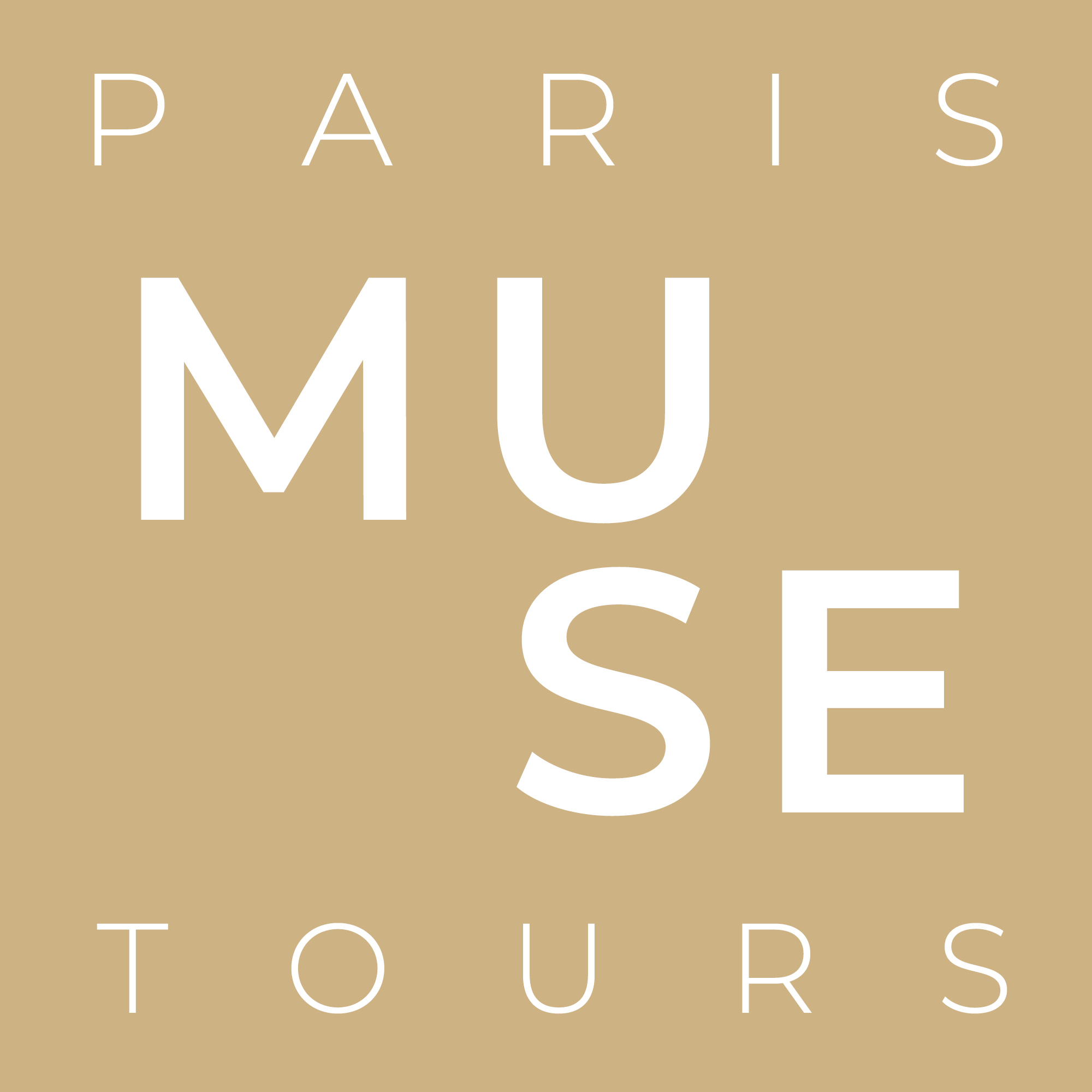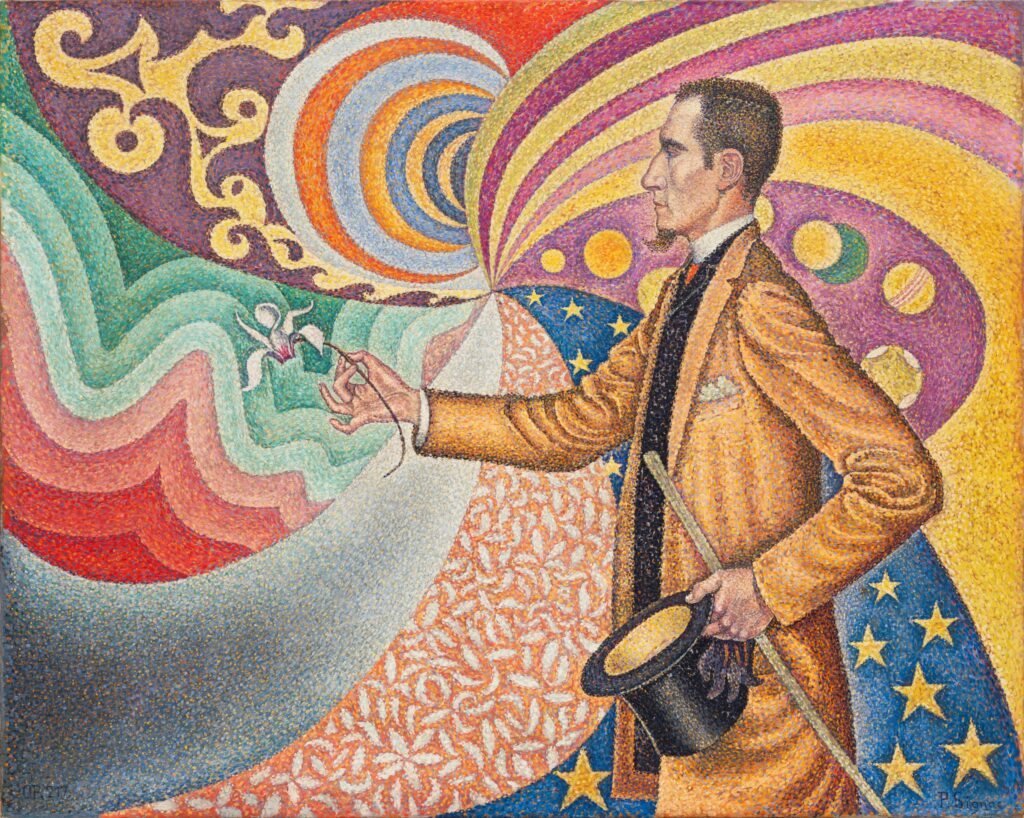An Orangerie exhibition makes the case for why a turn-of-the-century art maverick is still relevant
I teach 19th-century art history to undergrads in the U.S. It often takes some animated hand waving to convince students that studying history is worth their time. Whenever I get to mention the work of the art critic Felix Fénéon (1861-1944) however, it’s a relatively easy sell. Fénéon embodies many of the political paradoxes of his period. For that reason alone, he’s a fascinating figure. Apparently, curators at the Orangerie, Branly and MoMA are feeling his relevance as well. These museums have collaborated on a trio of exhibitions this season, all focusing on Fénéon.
Paris Muse will be offering private tours of “Félix Fénéon: Modern Times from Seurat to Matisse” at the Orangerie (Oct 21-Jan 27). It’s a show with a great hook: the story of artists (Bonnard, Signac, Modigliani…and others not in the exhibition title) told through the vision of the gallerist and collector who promoted their modernity.
What paradoxes does Fénéon embody, anyway? For starters, he was an anarchist, but held a govt. job with France’s War Department. He was also an Italian immigrant with little formal education, but his taste was impeccable, and his writing lucid and often hilarious. As a critic and artistic director of the Galerie Bernheim-Jeune, he promoted Seurat, among other now-canonical artists, and coined the term “Neo-Impressionism” in 1886 to describe the work.
Fénéon was hauled before French courts for suspicion of involvement in an anarchist bombing, and arrested in connection with the stabbing of France’s president Carnot. A courtroom story goes something like this: After the judge declared that Fénéon had been seen talking to a known anarchist behind a gas lamp, Fénéon replied: “Can you tell me, Monsieur le Président, which side of a gas lamp is its behind?”
Not surprisingly, he subsequently lost his War Dept. job, but landed at Revue Blanche, a journal that provided him a platform to articulate the daring modernity of his preferred artists. Perhaps his most respectably bourgeois job was one of his last, finding artists to show at the Galerie Bernheim-Jeune. It is for his support of Seurat, Signac, Degas, Bonnard, Modigliani, Matisse, Derain, Severini, Balla, that he is most celebrated for today. But he was also an early enthusiast for the complexity of African and Oceanic arts in the early 20th century. Like many of the Paris-based painters and sculptors he admired (Matisse, Braque, Modigliani) Fénéon acquired a significant collection of African sculpture at a time when mostly everyone else regarded it as anthropological artifact. Some of his collection was featured in a Fénéon exhibition at the Musée Quai Branly.
The primary work headlining the exhibitions at both the Orangerie and MoMA, however, is Paul Signac’s hallucinating Portrait of Fénéon: Opus 217 (1890-91) from MoMA’s collection. It depicts its goateed subject as a pale elegant dandy against a groovy kaleidoscope of color. It’s both abstract and figurative at the same time. Another paradox. The portrait became an iconic symbol for the kind of forward-thinking art his active, visionary gestures breathed more life into. It hung on Fénéon’s wall until Signac’s death, even though the sitter himself apparently disliked it.
One of Fénéon’s many jobs—in a checkered freelance career that most 21st-century intellectual laborers will recognize—was to write anonymous news filler for the newspaper Le Matin: a kind of precursor to today’s often bizarre, unintentionally poetic tweets that fill our nightly broadcasts. One witty unsigned report seems especially apt this polarizing political season:
If my candidate loses, I will kill myself. M. Ballavoine, of Fresquienne, Seine-Inferieure, had declared. He killed himself.






